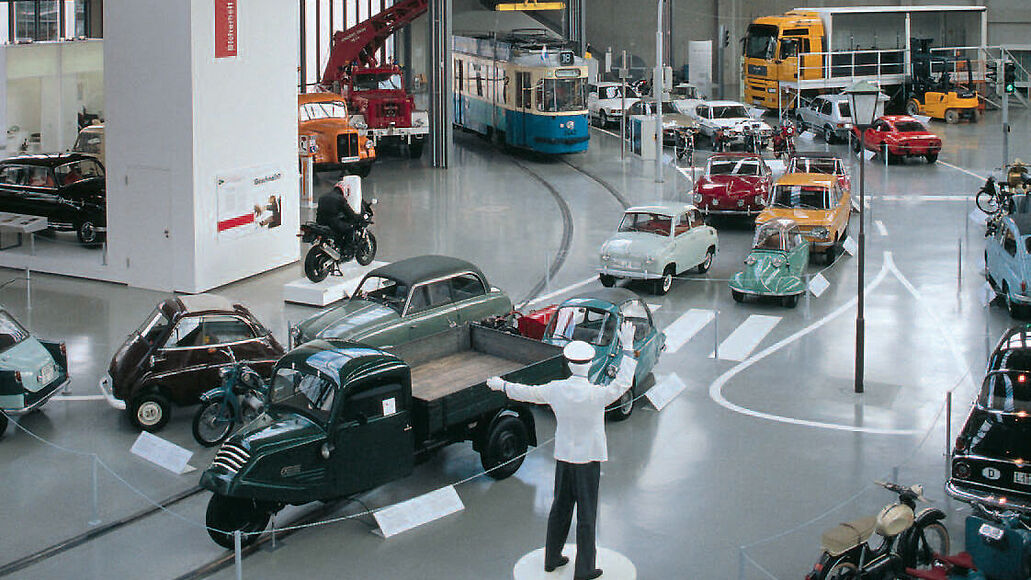Speed limits are much older than the automobile: even riding horses and carriages reached considerable speeds. In many European cities, there were temporary bans on galloping (20-30 km/h). Monitoring was very reliable thanks to the three gaits of the horse - walk, trot and gallop: You could read the speed from the horse's stride, so to speak.
As road space was still multifunctional at the end of the 19th century - pedestrians and children at play naturally occupied this space - the bicycle, the first individual speed machine, was perceived as a disruption to the system. Usually faster than horses, racing cyclists were at the centre of conflicts over speed. They disrupted the traditional way of life.
At the same time, early automobiles also called the multifunctional road system into question. As in contemporary mobility debates, the focus was on the question of how public spaces should be used: should the street belong to the car or should it continue to be used as a place to play and spend time? Class conflicts arose between motorists, who were seen as nouveau riche and arrogant show-offs. The motorists saw the other side as backward hillbillies stifling technical progress.
To appease the rising conflicts, the authorities again used the horse as a yardstick: contemporary traffic regulations referred to the speed of a moderately trotting horse, which should not be exceeded. The new machines were thus supposed to fit into a familiar and tried-and-tested world of experience.
However, the determination of speeding could only be determined by the estimation of officials and ultimately could not be objectively verified. This gave rise to new conflicts between the judicial and police authorities on the one hand and motorists on the other. The police were denied the ability to make judgements due to a lack of experience with high speeds. In their self-description, motorists were elitist, tech-savvy people who had already been socialised to speed by cycling and horse riding before the automobile. This conception already implies the idea of being able to handle speed responsibly and without unfair discipline.


